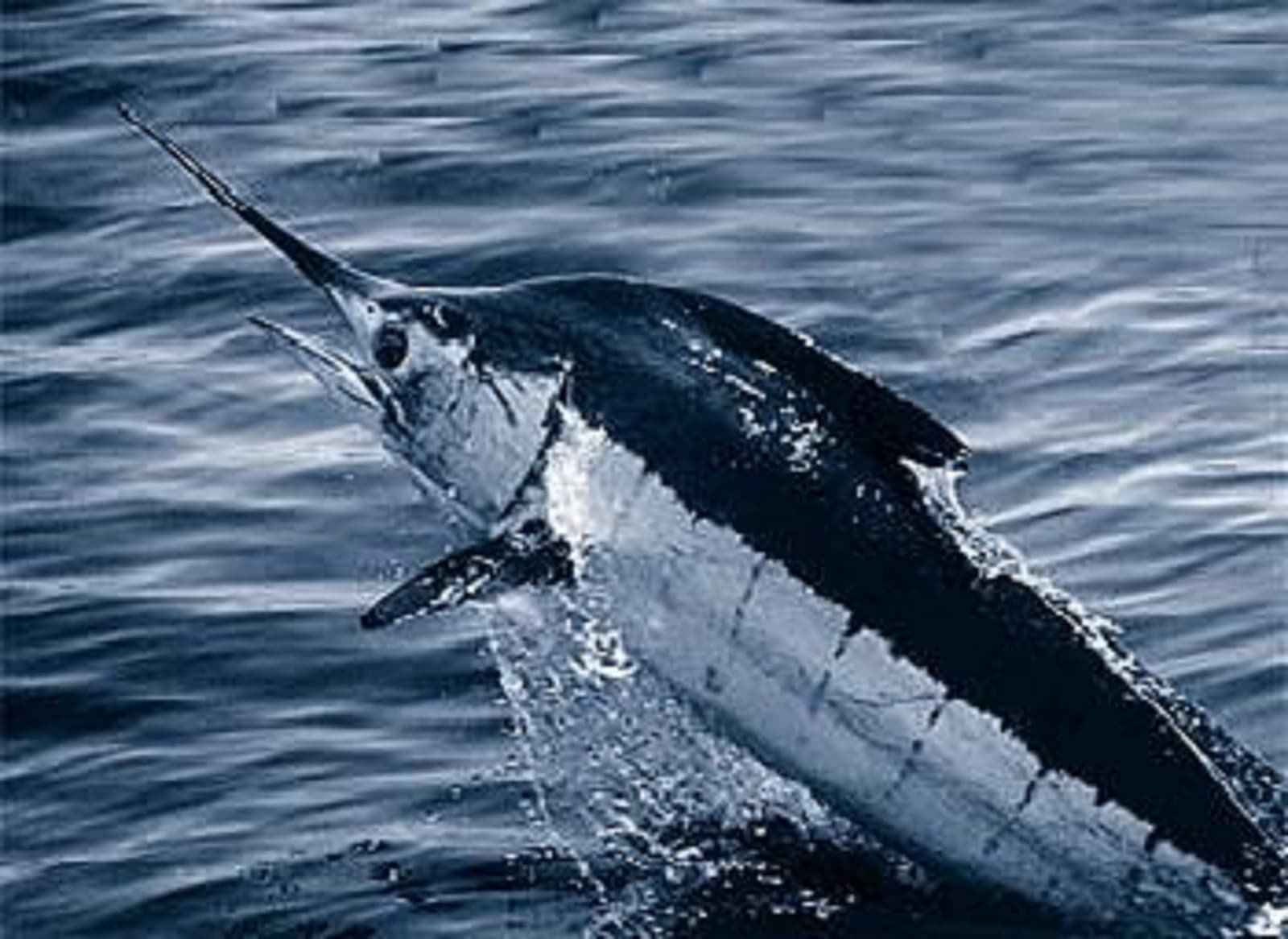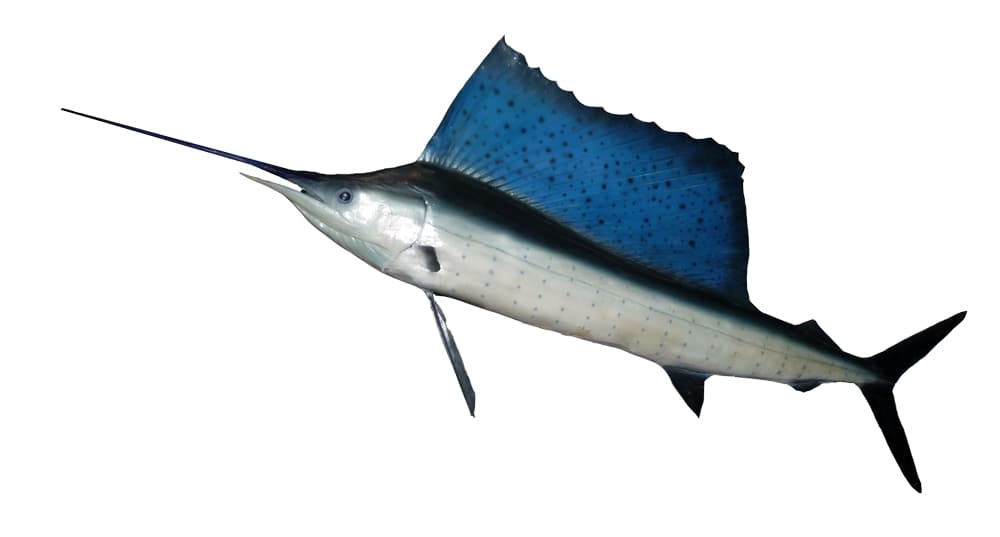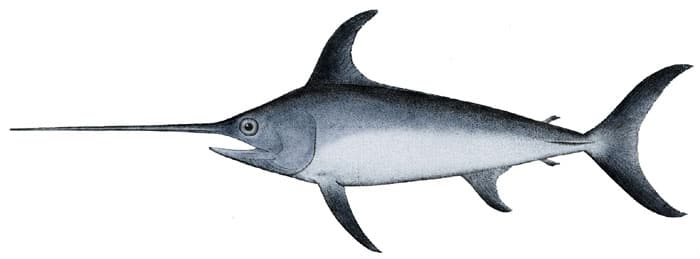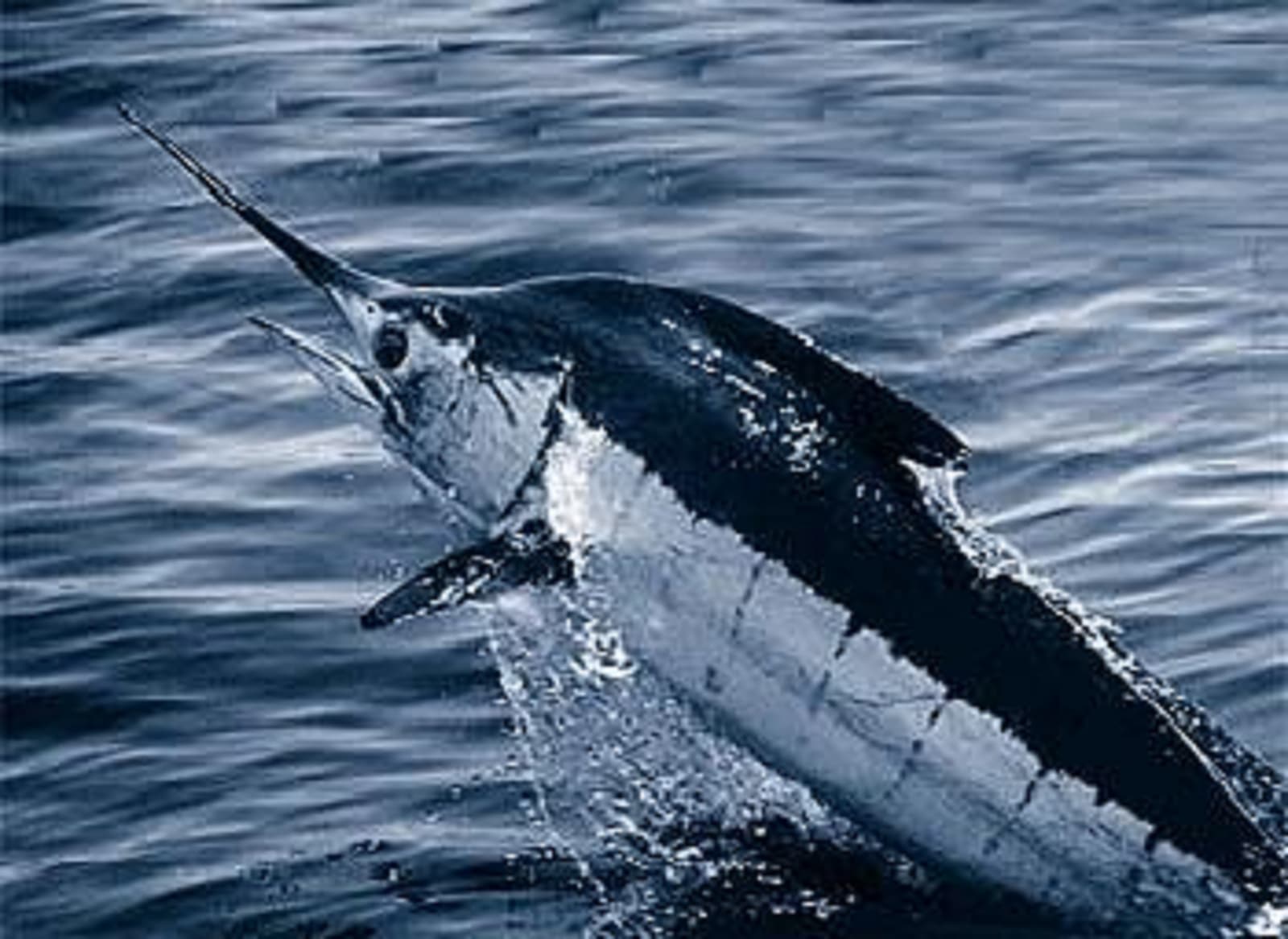Marlin vs Sailfish: A Complete Comparison
When comparing Marlin vs Sailfish, these apex predators share remarkable similarities but display distinct characteristics that set them apart. While Sailfish claim the title of fastest fish with recorded speeds of 68 mph (109 km/h), Marlins dominate in size, reaching lengths of up to 16 feet (4.9 meters) and weights exceeding 1,985 pounds (900 kg).
Both species belong to the billfish family, characterized by their distinctive spear-like bills and remarkable hunting abilities. However, their physical attributes, hunting strategies, and habitat preferences reveal fascinating differences that make each species unique in its own right.

The Blue Marlin demonstrates its incredible power and size while breaching, showcasing the muscular build that distinguishes it from its sailfish cousin. Note the characteristic metallic blue coloration and robust body structure that makes it the heavyweight champion of the billfish family.

The Atlantic Sailfish exhibits its namesake dorsal fin sail, which can be raised to appear larger to prey or folded down for maximum speed. This distinctive feature, combined with its more streamlined body, helps distinguish it from the broader, more powerful marlin.
Key Differences: Marlin vs Sailfish
| Feature | Marlin | Sailfish |
|---|---|---|
| Maximum Size | Up to 16 ft (4.9 m) | Up to 11 ft (3.4 m) |
| Weight | Up to 1,985 lbs (900 kg) | Up to 220 lbs (100 kg) |
| Top Speed | 50 mph (80 km/h) | 68 mph (109 km/h) |
| Distinctive Features | Thicker body, shorter dorsal fin | Tall sail-like dorsal fin |
| Primary Habitat | Deep offshore waters | Surface to mid-water zones |
| Hunting Style | Powerful charges, bill striking | Group hunting, herding tactics |
Speed and Hunting Tactics
While Sailfish hold the speed record among all fish species, both billfish employ different hunting strategies. Sailfish often hunt in groups, using their distinctive sails to herd and confuse prey. They coordinate attacks on schools of smaller fish, taking turns striking with their bills to stun victims.
Marlins, particularly Blue Marlins, are typically solitary hunters that rely on powerful charges and their robust bills to stun or kill prey. Their larger size allows them to target bigger fish species and even small tuna, demonstrating remarkable acceleration despite their massive build.
Habitat and Distribution
Marlin Territory
- Prefer deeper offshore waters
- Found in tropical and temperate oceans worldwide
- Migrate seasonally following water temperature
- Typically found in waters 250-1,000 feet (76-305 meters) deep
Sailfish Range
- More coastal in nature
- Concentrate in warmer surface waters
- Found worldwide in tropical and subtropical seas
- Usually stay within 200 feet (61 meters) of the surface
Who Would Win in a Fight?
In a theoretical encounter between a Marlin and Sailfish, the Marlin would likely dominate due to several key advantages:
- Size Advantage: Marlins outweigh Sailfish by up to 9 times
- Stronger Bill: Thicker, more robust bill for striking
- Superior Power: Greater muscle mass and fighting capability
- Aggressive Nature: More solitary and territorial behavior
However, Sailfish would have the advantage in:
- Speed and agility
- Maneuverability in surface waters
- Group hunting scenarios
Conservation Status
Both species face similar conservation challenges:
- Overfishing pressure from commercial operations
- Recreational fishing impacts
- Habitat degradation
- Climate change effects on migration patterns
Current IUCN status lists both species as “Vulnerable,” highlighting the need for continued conservation efforts and sustainable fishing practices.
Physical Characteristics Comparison
Marlin Features
- Thicker, more robust body structure
- Shorter, stronger dorsal fin
- Heavier bill designed for powerful strikes
- More varied coloration patterns
- Larger gill structures for deep-water hunting
Sailfish Features
- Distinctive high dorsal fin (sail)
- More streamlined body shape
- Longer, proportionally thinner bill
- Ability to change colors rapidly
- More pronounced vertical stripes
Understanding these differences between Marlin vs Sailfish helps appreciate their unique adaptations and roles in marine ecosystems. While both are remarkable predators, each species has evolved specific traits that make them perfectly suited to their particular hunting strategies and environmental niches.











